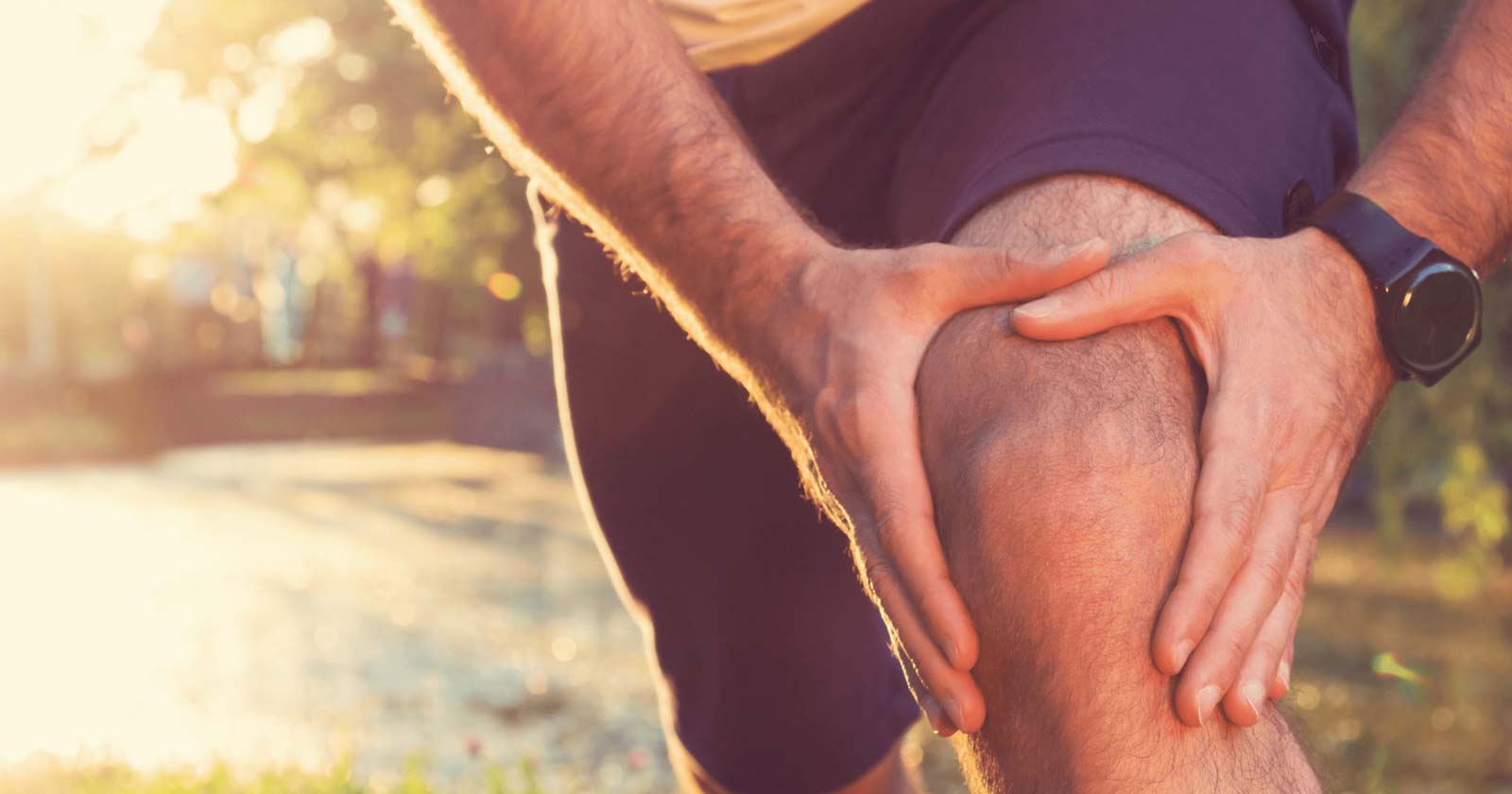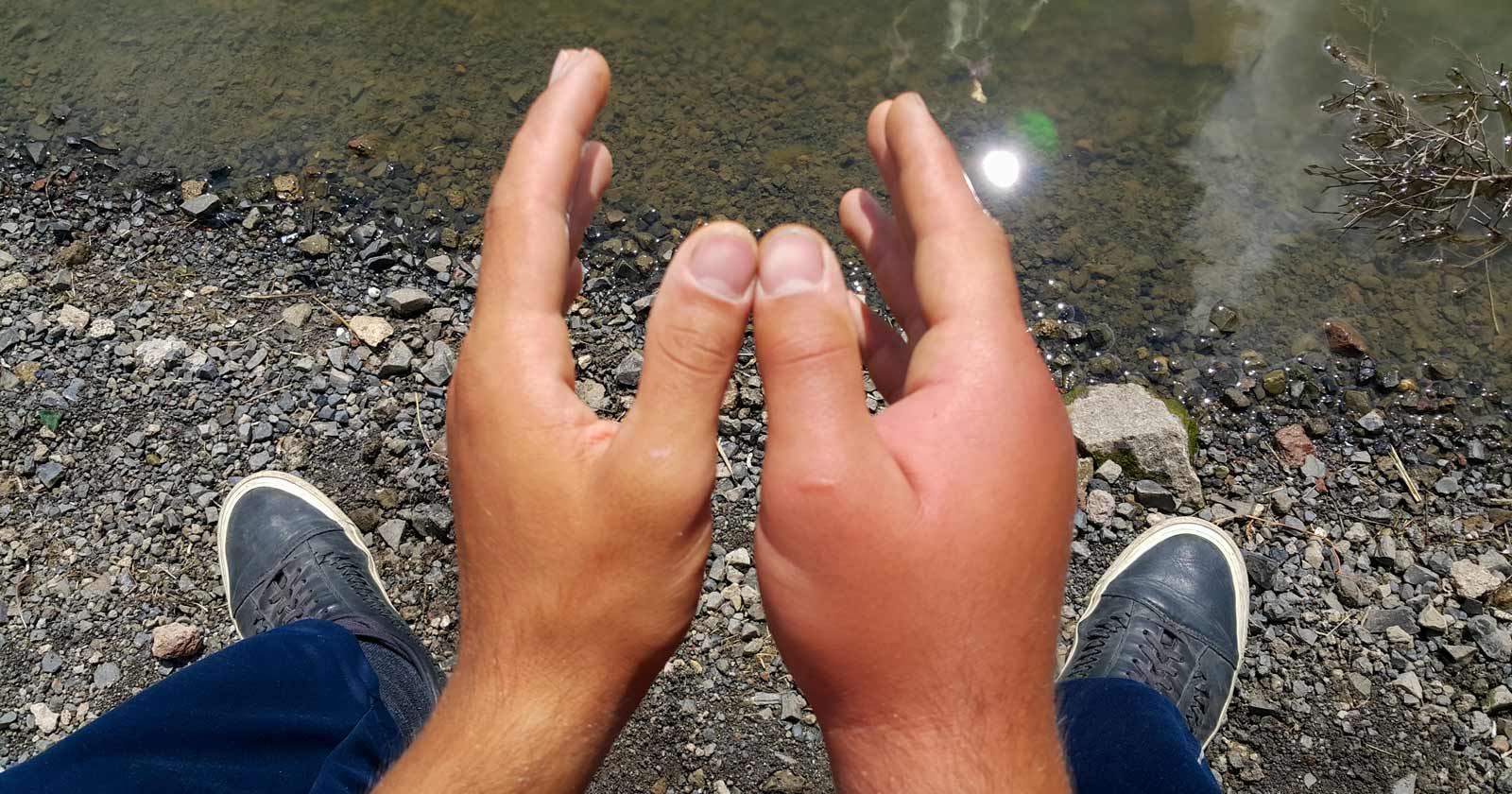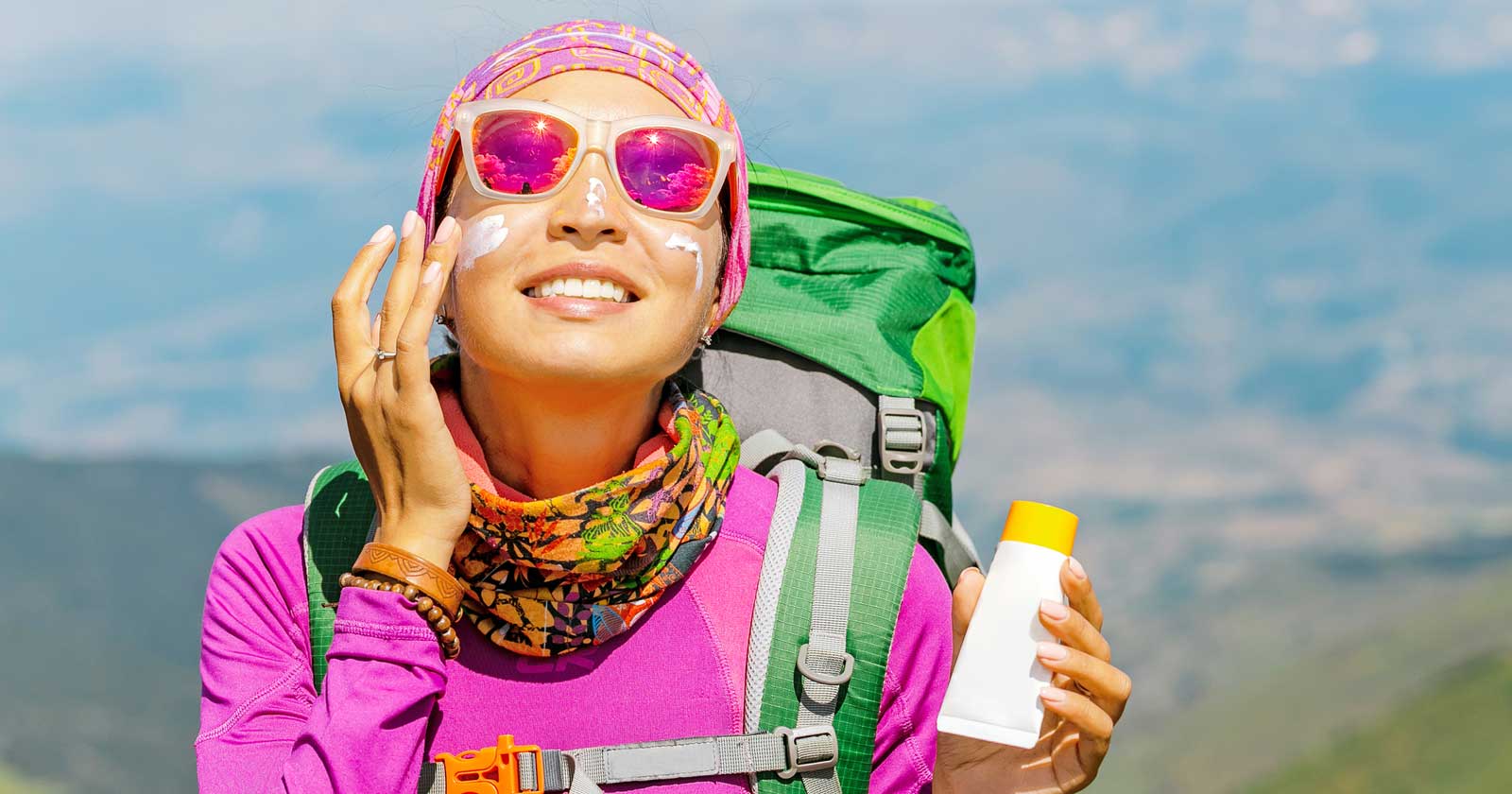Great Walks looks at how to prevent and treat some of the common injuries and problems that may occur when you’re out on the trail – with some advice from Rich Hungerford, a Senior Survival and Bushcraft Instructor at Bushlore Australia.
Blisters
Just about every bushwalker has suffered from these painful little problems. Prevention is always better than a cure – make sure your footwear fits properly and has been worn in, dry wet feet as soon as possible and pre-emptively tape any areas that you think might be developing problems. When you feel a hot spot developing, stop, clean and dry the area, then apply something that will reduce the heat and friction, such as sports strapping tape.
Rich says you shouldn’t burst blisters – they’ll usually do that themselves – as pricking them may introduce infection. “Cover broadly with Fixomull stretch tape and change the dressing daily,” he says. “Once blisters have burst apply the same dressing with a small piece of sterile gauze and bath liberally with Betadine.”
Sprains and strains
Sprains occur when a joint is forced beyond its normal movement, while strains are the result of over-stretching a muscle. Like scrapes and abrasions, these are tricky to prevent – preconditioning yourself before a long walk by building up distances and weight carried will certainly help, as will investing in good footwear and exercises like squats and lunges, but there’s still always the risk of putting a foot wrong when you’re on the trail.
If you have to keep moving, apply RICE – Rest, Ice, Compress and Elevate – where practicable. Rich says that, if you simply have to keep going, apply a firm compression bandage to the affected joint and minimise weight bearing within reason. “Provide an expedient crutch for additional support and stability and reduce the carried load of the patient completely if you can,” he says. “Consider evacuating the patient in line with the assessed severity of the injury.”
Heat exhaustion
If you’re out walking in hot weather, especially in the middle of the day, you are at risk of heat exhaustion if you don’t drink plenty of water (before and during walking) and wear a hat and sunscreen. This can lead to heat stroke – a rise in body temperature above 41°C when their skin usually becomes hot and dry – which requires immediate medical treatment.
Try to avoid walking in the hottest part of the day and avoid overexertion. If someone develops symptoms of heat exhaustion – cool and clammy skin, profuse sweating, rapid breathing, constant headache, cramps, nausea – get them into the shade and have them lie down. Remove unnecessary clothing, cool them by sponging them with water and give them cool water (carefully) when the nausea passes.
Hypothermia
At the other end of the scale, hypothermia occurs when your body core temperature falls to a point where your internal organs can’t function properly and you’re losing heat faster than you can produce it. Physical exertion plus wet, windy and/or cold weather can leave you vulnerable; the best way to prevent it is proper clothing, eating snacks for energy and taking breaks in a sheltered spot.
If someone is showing symptoms of hypothermia – feeling chilled and numb, loss of focus, loss of muscle control, shivering – you need to take action immediately. Get them into shelter, remove any wet clothes and get them warm (in a sleeping bag or between others who aren’t suffering from hypothermia). You can give them warm drinks if they’re conscious, but don’t give them alcohol or expose them to excessive heat.
Snakes and spiders
Australia is home to a lot of poisonous snakes and spiders, and the best way to avoid being bitten is to leave them alone. If you are bitten or stung by an insect, centipede, any type of spider (except the Funnel Web spider), a scorpion or jellyfish (except Irukandji and Box Jelly), Rich says that cold packs should be used to reduce pain.
If you or anyone else has been bitten by a snake (including sea snakes) or a Funnel Web spider, call Triple 000 and apply pressure immobilisation bandages – one from the fingers or toes that winds as far up the limb as possible and if you have a second bandage, one over the bite site and wound as far up the limb as possible. Immobilise the limb further with a splint – don’t elevate the bitten limb, remove the bandages once they’ve been applied, wash the area or cut or suck the bitten area.
Author: Laura Boness
Contributed by: Great Walks





